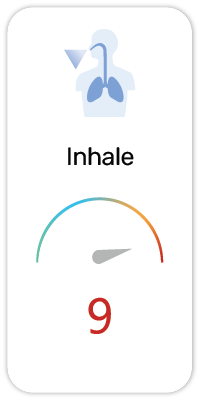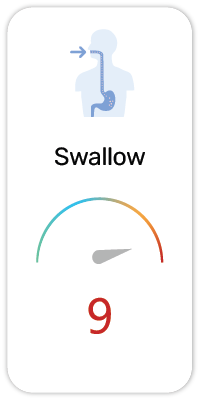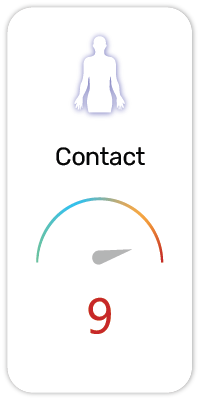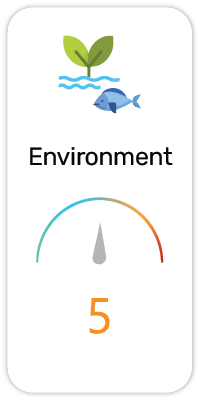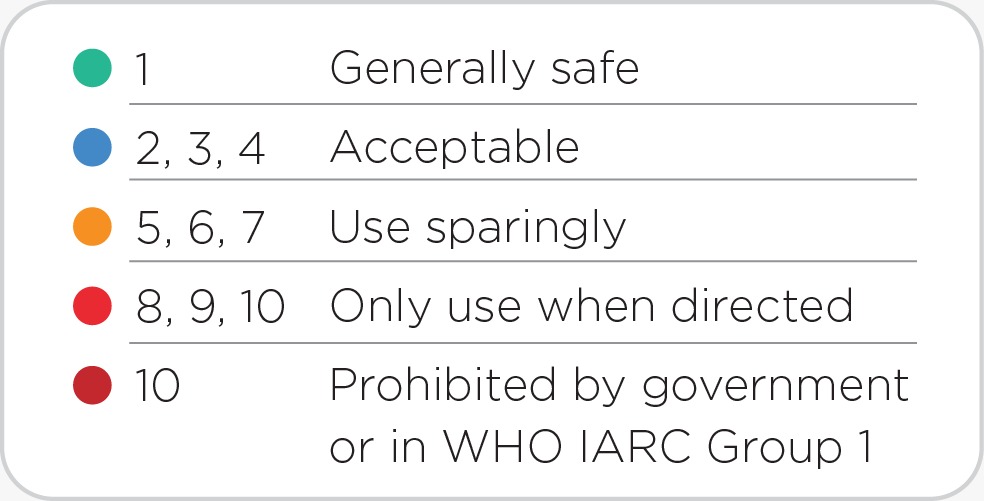CI 77007; Ultramarines(in 14,389 products)
Potential Risk Index®:
About:
Functions:
1. Colorant - Pigments or dyes that are added in order to change or enhance the color.
Ultramarine is a deep blue color and a pigment which was originally made by grinding lapis lazuli into a powder. Variants of the pigment "ultramarine red", "ultramarine green", "ultramarine violet" are known, and are based on similar chemistry and crystal structure.
Synthetic ultramarine, being very cheap, is largely used for wall painting, the printing of paper hangings and calico, etc., and also as a corrective for the yellowish tinge often present in things meant to be white, such as linen, paper, etc. Bluing or "Laundry blue" is a suspension of synthetic ultramarine (or the chemically different prussian blue) that is used for this purpose when washing white clothes. Also often found in make up such as mascaras or eye shadows. Large quantities are used in the manufacture of paper, and especially for producing a kind of pale blue writing paper which was popular in Britain.
Scientific References:
Regulatory References:
1. South Korea - Ministry of Food and Drug Safety - Prohibited/Restricted Chemicals
- Ref: 1377
2. EU CosIng Annex IV, COLORANTS ALLOWED IN COSMETIC PRODUCTS [2017]
- Ref: IV/120
3. Association of Southeast Asian Nations Annex IV - Part 1, Allowed Colorants
- CI 77007
User Comments:
Submit


